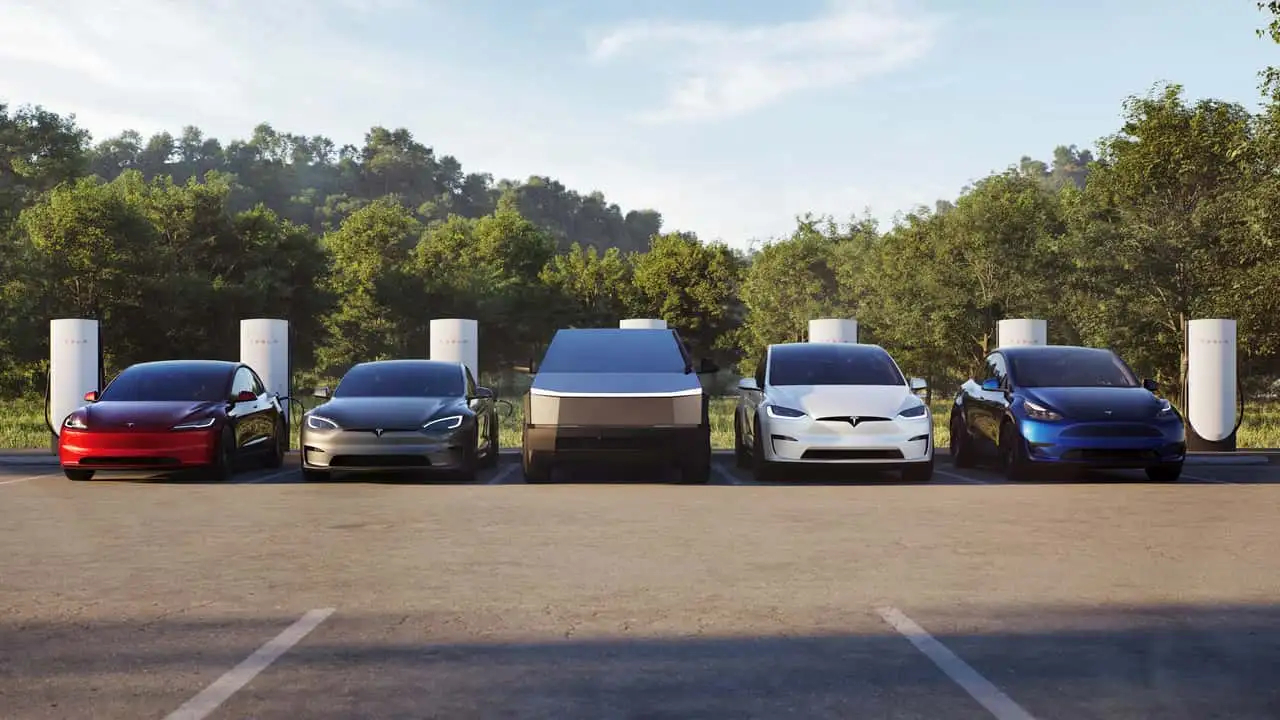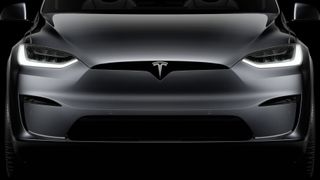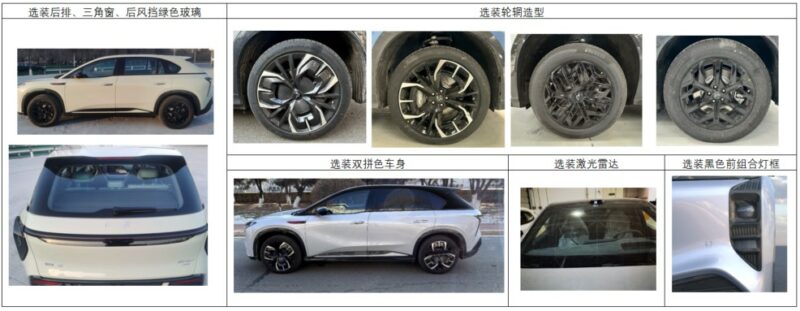Tesla’s Influence on February’s EV Market Dip
In February 2024, the U.S. electric vehicle (EV) market saw its first drop in new registrations since 2020, largely driven by a significant decrease in Tesla’s figures. Tesla, the leading force in the EV industry, reported a notable 25% decline in new registrations compared to the same month last year. This downturn led to an overall 2.8% reduction in total EV registrations for the U.S., showcasing Tesla’s crucial role in influencing market trends. The last comparable dip occurred in August 2020, when a decline in Tesla’s registrations also affected the overall segment.
Surge in EV Registrations Without Tesla’s Influence
When excluding Tesla’s data, new EV registrations showed a remarkable 32% increase in February compared to the previous year, signaling strong growth in the industry from other manufacturers. Companies such as Ford, Hyundai, Kia, BMW, and Rivian reported impressive gains, with Ford experiencing an 84% rise and BMW seeing a staggering 166% increase in new registrations. This growth highlights a vibrant and expanding EV market driven by innovation from various manufacturers, even amidst Tesla’s temporary setback.
Performance of Major EV Players
Ford’s impressive performance in February included 7,656 new registrations, a significant leap from the previous year. Hyundai and Kia also showed strong growth, with registrations rising by 54% and 58%, respectively. BMW’s registrations more than doubled, reaching 3,559 units, while Rivian saw a 56% increase with 3,251 new registrations. Together, these companies accounted for 22,010 new EV registrations, while Tesla alone reported 36,697. Despite Tesla’s decline, these figures demonstrate the continued expansion and competitive nature of the EV market.
 Tesla EVs at V4 Supercharging station. From left: Model 3, Model S, Cybertruck, Model X and Model Y
Tesla EVs at V4 Supercharging station. From left: Model 3, Model S, Cybertruck, Model X and Model Y
Impact of Tesla Models on Market Trends
The February decline was partly attributed to the underperformance of Tesla’s Model 3, which saw a dramatic 73% drop in registrations. This decline was influenced by the loss of eligibility for the $7,500 tax credit and a temporary production halt at Tesla’s Fremont Gigafactory. In contrast, the Model Y, Tesla’s most popular EV, experienced a 6.7% decrease in registrations, while the Model X saw a notable 47% increase. These trends reflect shifting consumer preferences and the impact of regulatory changes on EV sales.
Additional Insights
The fluctuation in EV registrations underscores the dynamic nature of the market, influenced by both consumer preferences and manufacturer performance. As the EV landscape continues to evolve, it remains essential for industry stakeholders to monitor these trends closely and adapt strategies to maintain growth and competitiveness. For those interested in the latest developments in the EV sector, keeping track of registration data and market shifts provides valuable insights into future industry directions.

 Tesla EVs at V4 Supercharging station. From left: Model 3, Model S, Cybertruck, Model X and Model Y
Tesla EVs at V4 Supercharging station. From left: Model 3, Model S, Cybertruck, Model X and Model Y



















